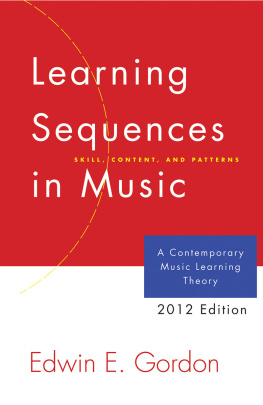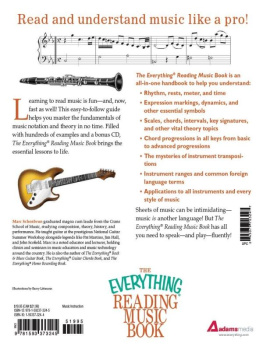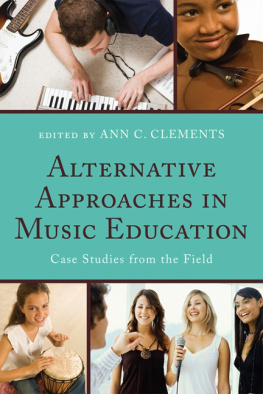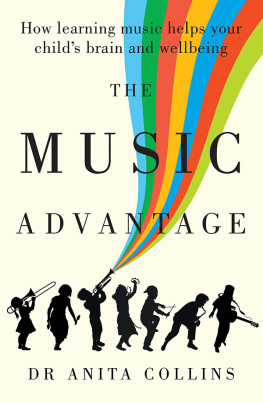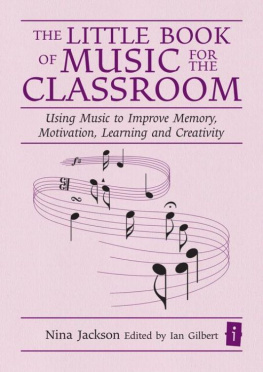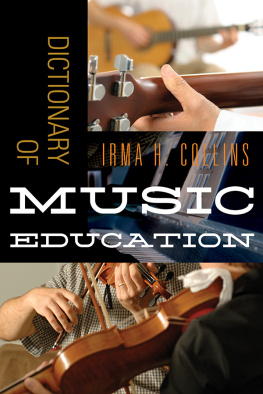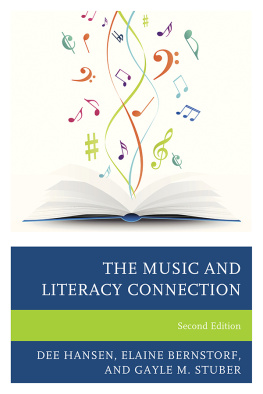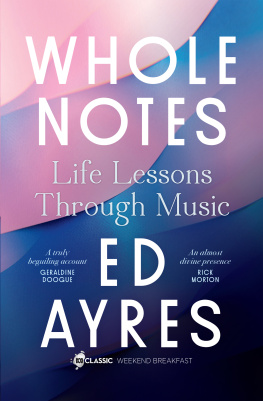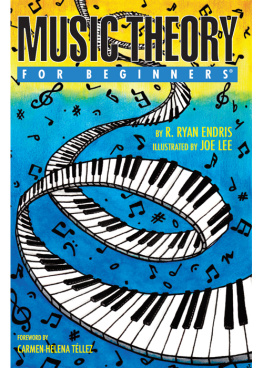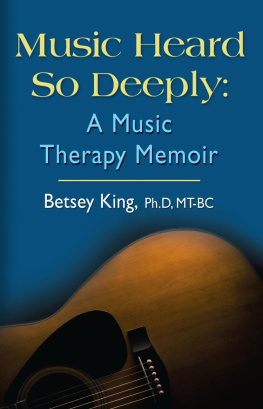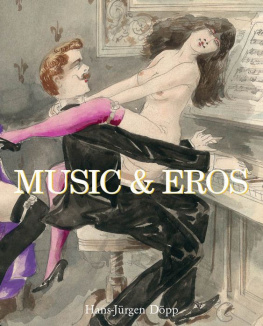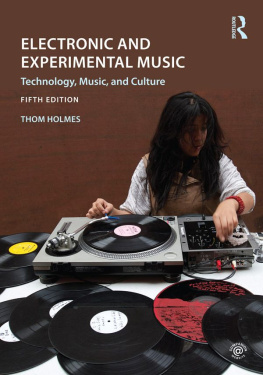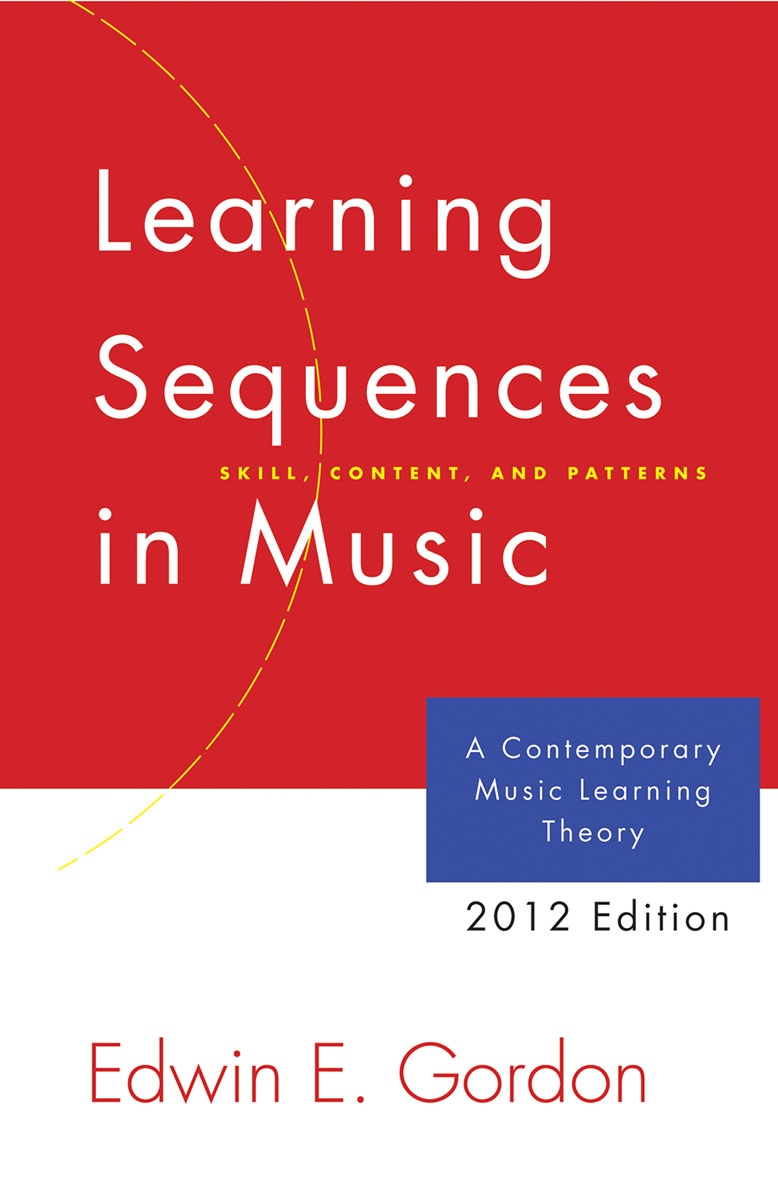

Also by Edwin E. Gordon
Available from GIA Publications, Inc.
Advanced Measures of Music Audiation G-3372M
Am I Musical: Discover Your Music Potential G-6092K
Audie G-3303M
The Aural/Visual Experience of Music Literacy G-6384
Awakening Unborn, Newborn, and Young Children to Music and the World of Audiation G-7067
Clarity by Comparison and Relationship G-7312
Designing Objective Research in Music Education G-2976
Discovering Music from the Inside Out: An Autobiography G-6762
Guiding Your Childs Music Development G-3603K
Harmonic Improvisation for Adult Musicians G-6650
Improvisation in the Music Classroom G-6180
Intermediate Measures of Music Audiation G-2593M
Introduction to Research and the Psychology of Music G-4855
Iowa Tests of Music Literacy G-3636M
Music Education Research: Taking a Panoptic Measure of Reality G-6530
A Music Learning Theory for Newborn and Young Children G-3487
Music Learning Theory: Resolutions and Beyond G-6866
Musical Aptitude Profile G-4304M
The Nature, Description, Measurement, and Evaluation of Music Aptitudes G-2996
Preparatory Audiation, Audiation, and Music Learning Theory G-5726
Primary Measures of Music Audiation G-2242M
Rating Scales and Their Uses for Measuring and Evaluating Achievement in Music Performance G-5856
Rhythm: Contrasting the Implications of Audiation and Notation G-5511
Study Guide for Learning Sequences in Music: A Contemporary Learning Theory G-2345SG
Corybantic Conversations: Imagined Encounters between Dalcroze, Kodly, Laban, Mason, Orff, Seashore, and Suzuki G-7394
Whittled Wordscapes: Essays on Music and Life G-731
Apollonian Apostles: Conversations about the Nature, Measurement and Implications of Music Appitudes G-6578
Society and Musical Development Another Pandora Paradox G-7848
Essential Preparation for Beginning Instrumental Music Instruction G-7849
Music Education Doctoral Study for the 21st Century G-7972
Possible Impossibilities in Undergraduate Music Education G-7917
Roots of Music Learning Theory and Audiation G-8120
Untying Gordian Knots G-8141

Learning Sequences in Music
Copyright 1980, 1984, 1988, 1993, 1997, 2003, 2007, 2012 GIA Publications, Inc. 7404 S. Mason Ave., Chicago 60638 www.giamusic.com
Dust jacket illustration 2002 by Cinzia Claudia Iafrate. Used with permission.
Reproduction is prohibited without consent of the author.
International copyright secured
ISBN: 978-1-57999-890-5
Printed in the United States of America.
T ABLE OF C ONTENTS
P ART 1
T HE F OUNDATION
P ART 2
P RACTICAL A PPLICATIONS
P REFACE
Long before publication of this eighth edition of the book, I was continually reproached for championing and allowing my name to be identified with a learning theory. Pundits claim it is an old fashioned concept steeped in tradition of early twentieth century thought and associated solely with behavioral psychology. That is wrong. Critics do not understand learning theory is a broad concept going far beyond one school of thought or one group of persons. The fact is our lives are founded on one theory or another. Beliefs pertaining to the nature of existence and moral conduct are based on theories. Religion, politics, education, and shopping habits, for example, originate in theories. More pertinent to this book, competent teachers always have had learning theories for whatever subjects they taught, whether reading, writing, arithmetic, or spelling. Now there are modern learning theories, including one for teaching music, which is the focus of this book. When put into practice, music learning theory allows babies only a few days old as well as children, teens, and adults to interact with music in daily life the way they commonly interact with language. That is not to say all theories are good. Without theories, however, human functioning would ostensibly be sterile. In search of simplicity and understanding, the human mind intuitively organizes and categorizes facts into theories.
What are characteristics of a good theory? Aside from having appeal in terms of reality, a good theory persuades persons of its practical value. Moreover, it adequately accounts for past events, explaining how and why they occurred. Without this attribute, it cannot predict events with any degree of confidence. A good theory embraces both linear and cyclic historical continuity. Perhaps most important, an exemplary theory is endowed with sufficient flexibility to embrace new findings without being distorted. Newly discovered information and facts neatly and easily extend the theory, making it more understandable and beneficial. Ongoing research contributing to fulfillment of a theory is necessary not only for vitality of the theory itself but also for spawning investigations by interested and competent researchers, suggesting the theory possesses power and validity. Albeit, how we learn music actually represents more than a theory. Just when there is ample evidence for a theory to cease being a collection of related hypotheses and become a factual whole, however, is not of central importance. What is significant is music learning theory and audiation indeed have a research base in terms of interaction of teaching and pedagogical observation, confirming empirical conclusions.
Unavoidable hazards are inherent in theories because especially responsible ones are narrow as well as profound. No matter how good a theory is, it cannot encompass, explain, and include wide panoramas of reality surrounding it. It may come close to including most characteristics of actuality when a variety of other researchers become interested in the theory. Thus, a theory can be so attractive it becomes unwittingly unreliable because it diverts thought away from essential, related, and otherwise imperious issues. Over simplicity, when considered in a wide spectrum, is not the only possible complication. A theorists bias must not go unnoticed. Partiality associated with a theory must be taken into consideration when merit of the theory is evaluated and applied.

Imagine classrooms where music is being taught according to principles of music learning theory. Regardless of school grade or enrollment in classroom music or performance groups, such as school instrumental ensembles and choruses, students arrive expectant and eager to learn. As they walk through the door, they feel the teachers excitement and desire to teach. Learning begins immediately and yet a sense of enjoyment pervades the mood of the class. Because course content is organized as part of a sequential program, everything students are learning builds logically from what they have already learned. As a result, students find what they are learning makes sense. They are able to implement acquired knowledge and skills as they listen to and perform a variety of types of music.
In such a class a teacher first engages students in learning sequence activities based on audiation and principles of music learning theory. After the teacher establishes context in terms of tonality or meter, students listen to and perform content in terms of tonal patterns and rhythm patterns. At times students audiate content of patterns in context they establish for themselves as they sing, chant, or move to familiar patterns and unfamiliar patterns. Soon they are creating and improvising. After enough patterns become familiar through listening and performance, students learn to perform, read, and write patterns and larger music forms in music notation.
Next page
